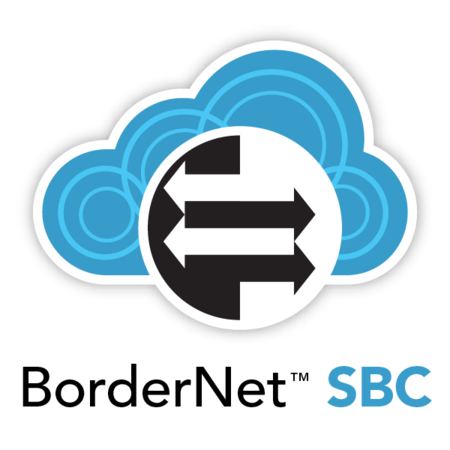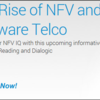 It’s strange to be writing about a next generation SBC, given that it seems only yesterday that SBCs came to the fore. But alas, SBCs have been around for over 15 years now. The original SBC functions that were there to support peering for IP – IP networks, such as connectivity in the form of IPv4-IPv6 interworking, NAT traversal, and SIP protocol translations and security in the form of DoS support, toll fraud, signaling encryption, and packet protection are still very much important, but the SBC has been asked to do more these days. So if you have an SBC from the “old days” it’s likely not pulling its weight.
It’s strange to be writing about a next generation SBC, given that it seems only yesterday that SBCs came to the fore. But alas, SBCs have been around for over 15 years now. The original SBC functions that were there to support peering for IP – IP networks, such as connectivity in the form of IPv4-IPv6 interworking, NAT traversal, and SIP protocol translations and security in the form of DoS support, toll fraud, signaling encryption, and packet protection are still very much important, but the SBC has been asked to do more these days. So if you have an SBC from the “old days” it’s likely not pulling its weight.
These days, given the advancement of the IP networks to be a major transport of phone calls, the
SBC also must handle regulatory requirements such as e911 and lawful intercept, report call statistics and handle media services. Media services would include transcoding different voice and video codecs from one type to another, for example, due to VoLTE and WebRTC traffic, playing tones and announcements, and handling video calls in addition to voice calls. And the whole shebang has to be software-based and work in the cloud! And it should elastically scale up and down both private clouds and public clouds such as AWS based on the needs of the enterprise or service provider.
Obviously, this amounts is a much bigger workload than the original SBCs. Upgrades probably won’t be able to handle these new requirements. If you are interested in learning more, please read our whitepaper.












